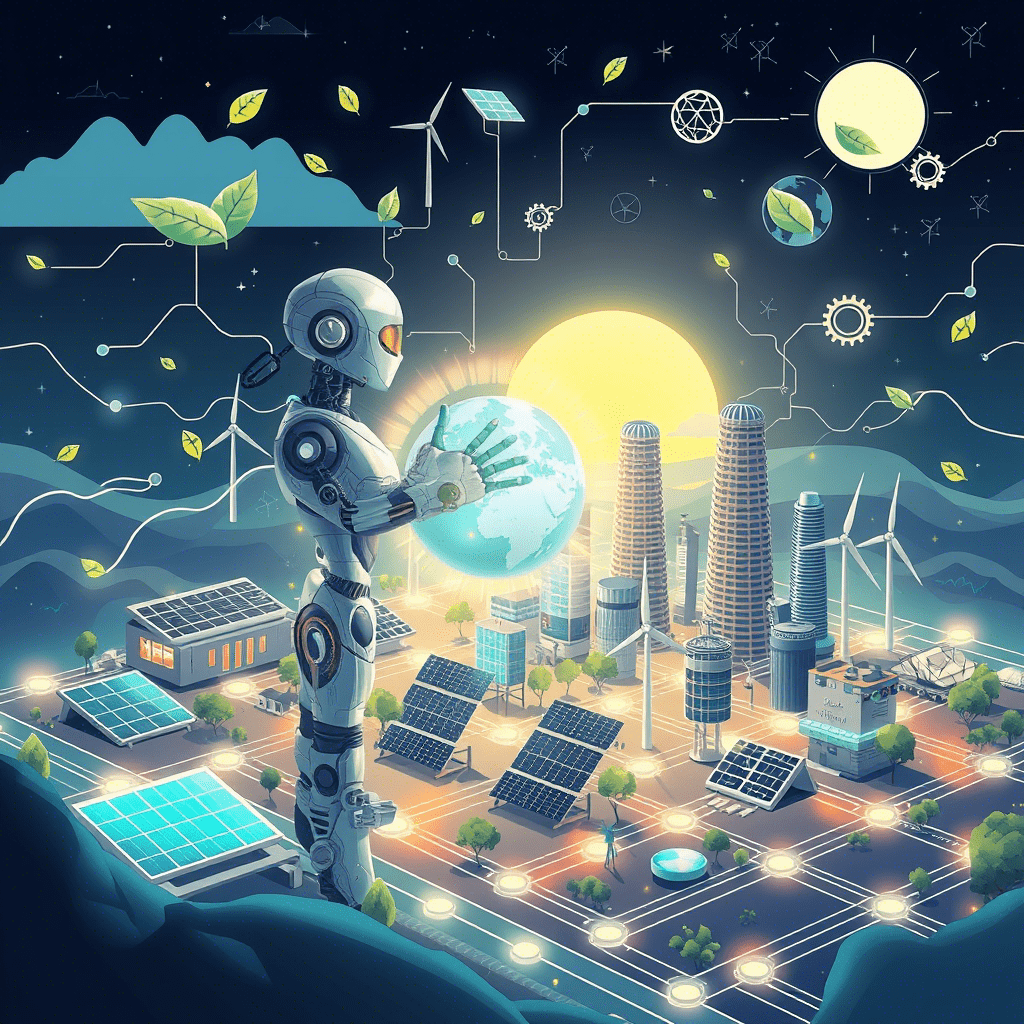The public quantum computing sector is the purest bet on the future of innovation. While D-Wave offers immediate, stable revenue from niche optimization problems, IonQ and Rigetti are locked in a race to build the universal machine that could redefine chemistry, materials science, and clean energy. As of late 2025, IonQ holds the technical lead due to its high-fidelity ion traps, making it the most promising long-term investment. However, every dollar invested in these three companies is fundamentally a stake in the next generation of solutions for carbon capture, sustainable battery design, and achieving net-zero emissions. This is a look at the architectures, the balance sheets, and the profound climate value of the quantum trilogy.





